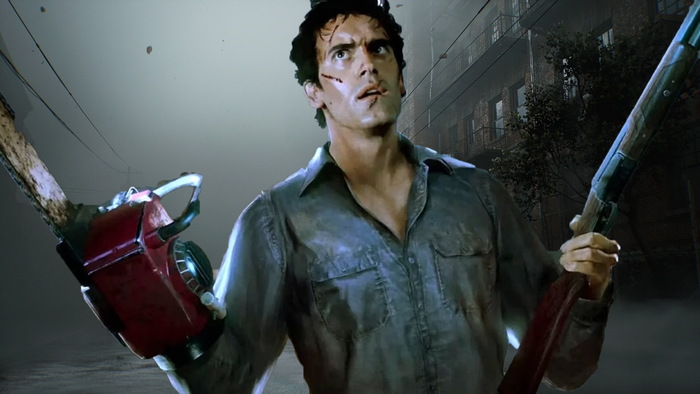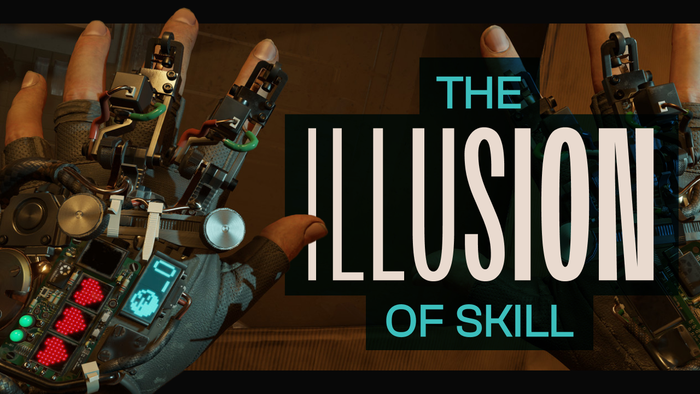Can joy be more 'adult' than violence?
"Adult content" rules commercial games -- but repetitive, blistering violence gets dull. Honeyslug's Ricky Haggett and Funomena's Robin Hunicke look at joy, as an alternative quality of mature games.

Whenever the conversation about 'violent video games' surfaces, so do a lot of misconceptions. As fans rush to defend their medium -- games don't make people violent and it's a healthy outlet and it's not real and so forth -- some nuance gets forgotten. Sometimes the problem people have with game violence isn't that it supposedly has real-world implications. Sometimes it's just that people are bored. Game critic Michael Abbott felt a little bit alienated by some of the presentations at this year's E3, particularly Microsoft's show. He analyzed the content on offer and found that "58 percent of Microsoft's E3 briefing contained images of characters killing, preparing to kill, or otherwise battling a deadly on-screen enemy." That's 52 minutes total out of the company's entire sizzling 90-minute presentation, and that's not even including "ominous situations suggesting pending havoc." Only 27.5 minutes out of a total 106 minutes of Sony's presentation contained similarly-violent imagery, although Sony spent more of its time talking (and spent, according to Abbott's study, about 25 minutes talking about hardware, PlayStation Network, PlayStation Now, Sony film and television, and similar). At the same time, says Abbott, "We can also fairly accuse Sony of delivering the two grisliest trailers shown at E3: Mortal Kombat X and Suda 51's Let It Die." So what's the problem? "What concerns me about the avalanche of shooters we see at E3 every year is the way they're showcased as the very best the industry can do," Abbott tells Gamasutra. "We’re told these are important groundbreaking games, but we can see for ourselves they aren't. This year the endless stream of violence felt more like pandering than ever, and I felt bored and alienated. And old. Every E3 is pitched to the same 14-year-old adolescent male as the one before. And every year I have less in common with that boy." The video game industry has had a problem for a long time with conflating "violence" with adulthood -- the label is "Mature content," isn't it, and therefore "maturity" tends to equate solely to as much gruesome imagery as possible. It's understandable to an extent: Video games have unfairly borne the mantle of moral panic for almost as long as they've been alive, and a dedication to brutality almost defiantly expresses that video games are a medium for adults, and the cartoon stabbings and vivisections we play in our "adult" games have nothing to do with the real world, so please stop blaming "us" for school shootings, thanks.

But why is grit and viscera often our primary way of proving our "adulthood?" Shouldn't the pleasure of play be ageless, independent of a particular domain? Says Abbott: "Ironically, as that 14-year-old seems to want ever more 'adult' and grisly games, I find myself yearning for more 'adult' games that enable joyful imaginative play. Violence in games feels played-out. I’m hungry for experiences that tap into other human impulses. I’m not offended by violence -- Suda 51 intrigues me because he explores and exploits violence in ways other designers don’t -- I just don’t find killing simulators very interesting anymore." With the modern design vocabulary that video games' foremost innovators have developed, surely we can also explore tonalities of play that aren't solely blood-drenched in the way young men would describe as "sick". Violence isn't inherently bad, and can even be impactful. Yet where's joy? Funomena's Robin Hunicke is passionate about joy, even silliness, as a quality of the game experience, and I asked her about video games she's experienced as joyful. "Hands down, the mostjoyful game experience that had the biggest impact on me would be Katamari Damacy," she says. "Playing Katamari for the first time, I knew I had to meet its creator. Everything about it was so fresh, vibrant and tactile... full of the spirit of curiosity, exploration and physical fun." Hunicke and Katamari Damacy creator Keita Takahashi would go on to work together -- he now draws faces all over everything there. Hunicke also cites Masaya Matsuura's PaRappa the Rapper as a "close second" influence: "From the rapping mechanics to the silly rhymes and characters, it just made me smile," she says. "It was actually the first game I had a party for on launch. We finished the game in one sitting, staying up soooo late! Giddy, silly, fun for everyone to sing along with... it was definitely a joyful experience." Before founding Funomena, Hunicke worked with ThatGameCompany on Journey. For her, the studio's previous Flower occupies a position on the "contemplative" end of the joy spectrum: "The feeling of gliding through the air as the sun sets in the distance... it's amazing. Such an uplifting sense of freedom, motion and the beauty you find in nature. That's a lovely experience that so few games have captured." Is joy something that games can "design for?" I asked Ricky Haggett of Honeyslug, creator of colorful, bright games like Frobisher Says and Hohokum, which releases on PSN in August (Honeyslug's website proudly declares, "Hello there, we make fun games"). "I definitely think it's possible to design for joy," Haggett tells me. "Allowing the player to 'perform' within the game, with interactions rich enough to support a degree of creativity – perhaps even allow players to do some exuberant showboating," Haggett recommends. "Game actions which aren't required to succeed, but provided purely as a way to enhance the performance can help a lot here, as does the ability to chain together different game actions in interesting ways: the more variation the game allows in how the player interacts with it, the better." "Joy is a feeling -- a desired aesthetic outcome," Hunicke agrees. "If you want people to experience a particular feeling as the outcome of a design, you begin with that feeling and ask yourself what mechanics and dynamics will create it! Design-wise, joyful play spaces should engage your sense of exploration and curiosity ... a la Katamari, with it's odd but pleasing parade of unique objects, carefully laid out for you to roll up as you explore different environments at different scales." Joyful games also engage the player's sense of humor, Hunicke suggests, as with PaRappa's odd cast of characters, playful storyline and unexpected rhymes. Says Hunicke: "It's especially good at making silly sounds -- voices, sound effects and instrumentation -- which bolster the sense that the game doesn't take itself so seriously." "And there's the element of beauty as well," she adds. "Flower's interactive grass and dynamic swarm of petals, combined with the beautiful lighting and sweeping level designs, really take your breath away. That sense of awe can be key in freeing your heart to soar along with the flying, gliding mechanics."

I had an unusual feeling lately, watching Nintendo's E3 press presentation -- designed not as a traditional flash-bang stage show, but as a pre-prepared video throughout which the company aimed to seed plenty of spirit and character. As Nintendo unveiled its Yoshi's Wooly World, it said part of its goal in designing the game was to "put a smile" on players' faces. I thought it was strange, and a little sad, how rarely I hear such a pure, simple goal stated as a priority. Why aren't traditionally-commercial games about joy more of the time? Haggett has some thoughts: "If the primary focus of the game isn't completing goals, players get a chance to switch off a bit and let the experience wash over them, which sounds like a bad thing maybe, but I think this is actually a huge part of achieving the sense of ease which is a pre-requisite for joy," he says. "However, a game which doesn't focus entirely on having the player achieve specific things needs to be intrinsically fun," he adds. "This is often a lot harder to pull off than giving players tasks to complete, which is perhaps why so many games tend to avoid it. I find many modern games seem to be frightened of giving players space to enjoy just hanging out – preferring to bombard them with surplus contextual information about the game world and objectives (even in games which just hanging out is already fun)." "Joy is often a fleeting feeling," Hunicke reflects. "As humans, we spend a lot of our time caught up in the stresses, anxieties, fears and frustrations of our lives. Perhaps our designs reflect this focus, helping us process and deal with these feelings? Or perhaps it feels a bit too indulgent to build games that are entirely joyful?" "Looking at other media - what examples are there of truly joyful films, television programs, books, sculpture? Do people enjoy feeling joyful through art?" She poses. "I suppose the most joyful things I can think of that I regularly engage in are dancing, socializing and physical affection. Games that focus on this sort of thing (like Bounden or Dance Central) may be the closest we get?" Game feel is a big part of the experience of communicating joy, Haggett believes. "Tactility, or 'juiciness' – having a game feel really nice, and give reliable, satisfying feedback helps players get into the flow of a game and stop being aware of how the game is controlled," he says. Tech, visuals and abstraction also play a role: "A solid game engine helps here –- for example, where the physics are reliable, or it runs at a consistent frame-rate," he adds. "Visuals play a big part here too: Joyful games are often associated with bright, colorful visuals and smiling characters, but actually I think it's more about abstraction -- the fewer realistic details the player needs to parse to read the world, the easier it becomes to achieve a sense of being at one with the game." Surprise and awe can be incredibly meaningful too, Haggett continues: "The ability for the game to present the player with nice things they weren't expecting helps to build a sense of wonder –- a background sense of anticipation about what might be coming next," he says. "Those moments when a game delivers a delightful punchline that a player wasn't exactly expecting (but was sort of ready for nonetheless) can be really powerful!" Hunicke agrees that there can be a falloff in joyful media as consumers age. Perhaps in their quest for "adult realism," games can forget that surprise, joy and ease are things people want at all ages -- perhaps especially adults, as reality can be devilish enough, and mature audiences may want more pleasurable escapes than further simulation of the horrors of the "real". "Children's books and films are often quite joyful, and their software and games are too," she says."Somehow, we get to a place where we step away from having that feeling on a regular basis. That's definitely something we should work on -- don't you think?"
About the Author(s)
You May Also Like


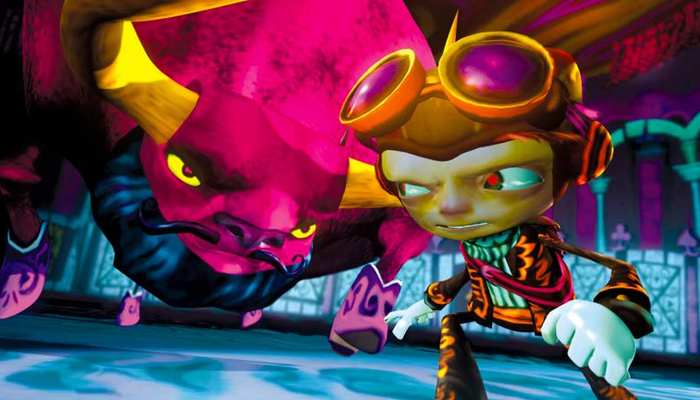


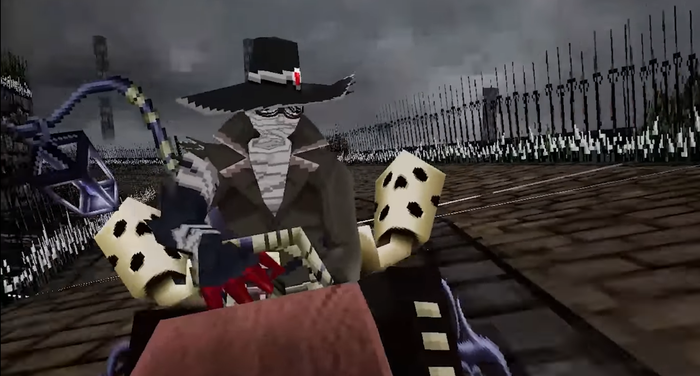
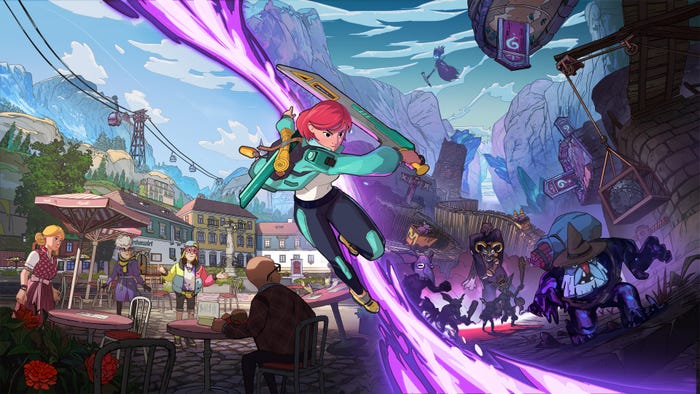
.jpeg?width=700&auto=webp&quality=80&disable=upscale)


